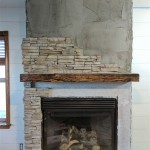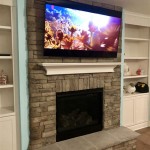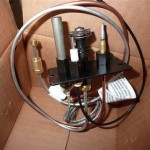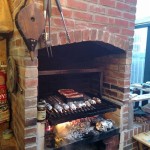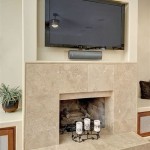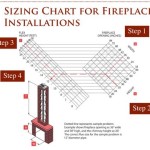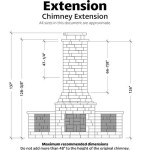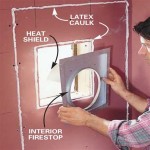Installing a Wood-Burning Fireplace in Your Existing Home: A Comprehensive Guide
A wood-burning fireplace can add warmth, ambiance, and value to your home, but installing one in an existing structure requires careful planning and execution. Here are some essential aspects to consider:
Fireplace Type and Location
Choose a fireplace type that aligns with your style and space. Prefab fireplaces are readily available and easier to install, while custom-built fireplaces offer greater design flexibility. Determine the ideal location for the fireplace, ensuring sufficient clearance from combustible materials and adequate ventilation.
Chimney Installation and Inspection
A properly functioning chimney is crucial for safe and efficient fireplace operation. If your home does not have an existing chimney, you will need to install one. Ensure it is sized correctly for your fireplace and meets local building codes. Regular chimney inspections are essential to check for blockages, cracks, or other issues.
Firebox and Hearth Construction
The firebox, the chamber where the fire burns, should be made of durable refractory material that can withstand high temperatures. The hearth, the area in front of the firebox, must be constructed of non-combustible materials such as brick, stone, or tile, and extend sufficiently into the room.
Air Supply and Ventilation
A sufficient air supply is vital for proper combustion. Install an outside air intake to provide fresh air to the fireplace. Adequate ventilation is also essential to remove combustion gases and prevent smoke buildup. Ensure your home has proper ventilation, such as windows or exhaust fans.
Safety Features and Codes
Fire safety is paramount. Install smoke and carbon monoxide detectors near the fireplace. Consider a fire screen or glass doors to prevent sparks or embers from escaping. Adhere to all applicable building codes and consult with a professional installer to ensure compliance with safety regulations.
Fuel Storage and Preparation
Wood is the primary fuel for wood-burning fireplaces. Ensure you have a designated area outside the home to store seasoned firewood. Prepare firewood by cutting it to the appropriate size and stacking it for proper ventilation and drying.
Electrical and Gas Requirements
Modern fireplaces may incorporate electrical or gas components, such as ignition systems, fans, or controls. Ensure proper electrical supply and gas connections are in place. Follow manufacturer instructions carefully for any electrical or gas connections required for your fireplace.

Adding A Fireplace To Existing Home Where For Fireplaces

Converting A Fireplace To Wood Burning Stove Chesneys

What Does It Cost To Install A Fireplace Vs Wood Stove Stamford Fireplaces

Converting A Fireplace To Wood Burning Stove Chesneys

Can You Install A Wood Stove In Fireplace Direct Stoves

Your Home Doesn T Have A Fireplace And You Want To Add One

How To Prepare A Chimney For Wood Burning Stove Houzz Ie

Your Guide To Wood Stove Installation Full Service Chimney

4 Things Every Homeowner Should Know Before Installing A Fireplace

Mobile Home Fireplaces Clayton Studio

